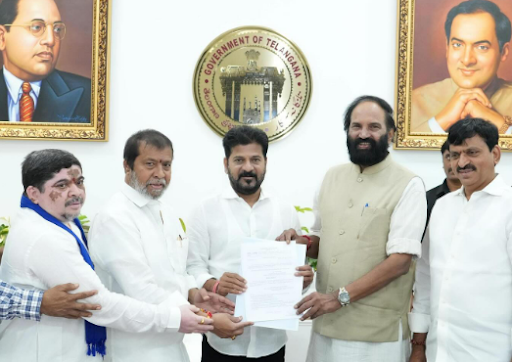



The Registrar General of India (RGI) warned hospitals for not reporting births and deaths within 21 days as required by the RBD Act, 1969. Timely registration is vital for population estimates, NPR updates, and public services. The RGI urged strict compliance, warning of fines for violations and delays.

Copyright infringement not intended
The Registrar General of India (RGI) warns hospitals for not reporting births and deaths on time.
The Registrar General of India (RGI) has raised concern about delays in births and deaths reporting.
RGI said that hospitals need to report these events within 21 days, but many are not following the rules.
Some hospitals are waiting for family members to come and ask them to register the birth or death. Others are even telling families to do the registration themselves, which is against the law.
Under the Registration of Births and Deaths Act (RBD Act), 1969, hospitals and registrars are required to:
If hospitals or officials don’t follow these rules, they can be fined under the law. The RGI reminded everyone that negligence is punishable.
These records are used for many important things:
The RGI is taking action:
The Government of India created the Registrar General of India (RGI) in 1949.
It works under the Ministry of Home Affairs. The person in charge is called the Registrar General, and they also serve as the Census Commissioner of India
It conducts the Census of India every 10 years. This survey collects detailed information about the population, such as age, gender, jobs, education, and languages spoken. The first full Census happened in 1881, and since then, it has been conducted 15 times. The last Census was in 2011.
It conducts the Linguistic Survey of India. It helps the government to plan education and social programs for different states.
It supervises the Civil Registration System (CRS). This system records every birth and death in India.
Must Read Articles:
Source:
|
PRACTICE QUESTION Q. Consider the following statements about the Registrar General of India (RGI):
Which of the statements given above is/are correct? A) 2 and 3 only B) 1, 2 and 3 only C) 2, 3 and 4 only D) 1 and 4 only Answer: A Explanation: Statement 1 is incorrect: The Office of the Registrar General of India (RGI) functions under the Ministry of Home Affairs (MHA), not the Ministry of Statistics and Programme Implementation (MoSPI). Statement 2 is correct: The RGI holds the responsibility for conducting the decennial Population Census of India. Parliament enacted the Census Act, 1948, to provide the legal framework for this massive exercise. Statement 3 is correct: Parliament enacted the Registration of Births and Deaths (RBD) Act, 1969, to enforce compulsory registration of births and deaths nationwide. The RGI coordinates and unifies the implementation activities of this Act across states and union territories. Statement 4 is incorrect: It provides reliable annual estimates of vital rates like birth rate, death rate, infant mortality rate (IMR), and maternal mortality ratio (MMR), not economic indicators like GDP growth. |











© 2025 iasgyan. All right reserved